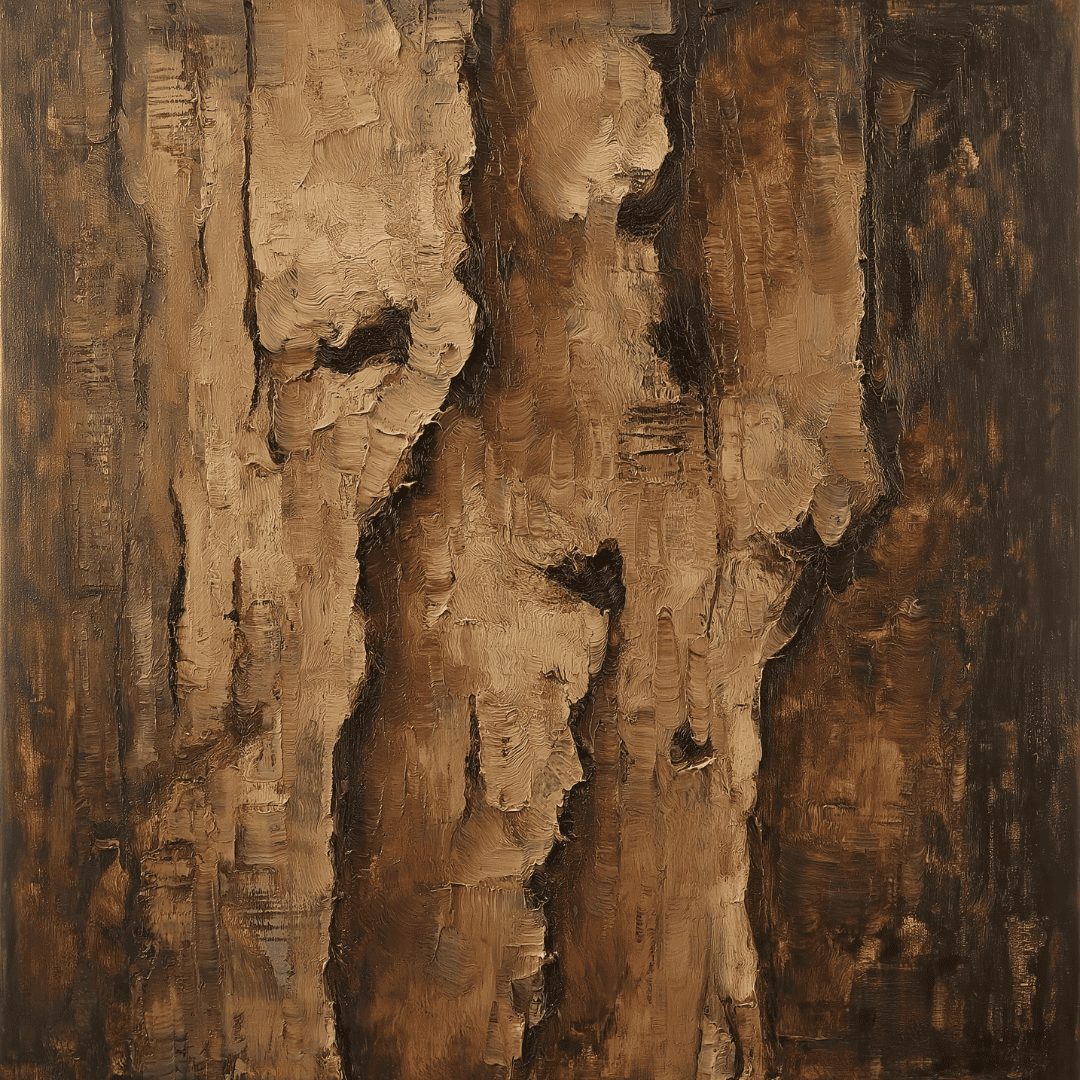



A dry, smoky wood with a subtle earthiness, evoking strength and calm through its refined, resinous warmth.

%20(2).png)

While some botanists consider the “Old-World cedar” (Cedrus) as the only true cedar in nature, in perfumery, cedarwood is generally an umbrella term for materials that derive from different species of similarly aromatic woods.
The most commonly used are Virginia or Texas cedar (Juniperus virginiana/mexicana or ashei) and Atlas cedar (Cedrus atlantica), but don’t be surprised when you find variations such as Himalayan cedar (Cedrus deodara) or Chinese cedar (Cupressus funebris) in a composition.
The plants we call cedar cover a large part of the planet.
The Juniperus varieties are native to North America, from Canada to the Gulf of Mexico and East of the Great Plains. Cedrus atlantica originates from the Rif and Atlas Mountains in Morocco and the Tell Atlas in Algeria.
Cedrus deodara is native to the Himalayas and can be found in East-Afghanistan, South Western Tibet, Western Nepal, Northern Pakistan, and North-Central India. Cupressus funebris is native to China, but also grows naturally in Vietnam.
Other types of cedars can be located everywhere from Bermuda (Juniperus bermudiana) and Japan (Cryptomeria), to the Mediterranean (Juniperus oxycedrus) and Lebanon (Cedrus libani).

In ancient Egypt, Cedrus libani was used in embalming ointments, added to cosmetics and used in fragrance creation. During funerary rites, its branches would be burned.
The Christian monks of the monasteries of Kadisha Valley venerated the “Cedars of God”, found in the Mountains of Lebanon. The earliest documented references of these great trees can be traced to the Epic of Gilgamesh, Tablets 4-6, where Gilgamesh and Enkidu journey to the Cedar Forest.
The biblical Solomon’s Temple is said to have been built with cedar and cypress wood supplied by king Hiram. In Native American tradition, the cedar is considered a “spirit assistant” and used in indigenous rituals, from smudging ceremonies to dream practices.
But cedar is not only part of the spiritual legacy of nations. It has been used as a building block of civilisations since the dawn of humanity, from the construction of Phoenician ships and Greek furniture to Assyrian temples and palaces.
It has also been used extensively in medicine for its antiseptic, bug repellant, diuretic and stimulant properties.

Cedarwood is one of the most important materials in a perfumer’s arsenal, as it is a wonderful, truly versatile blender.
Virginia and Texas cedarwood have a characteristic dry, woody and elegant profile, reminiscent of pencil shavings, but with a gentle, refined smokiness.
On the other hand, Atlas cedarwood has a stronger essence, with leather and animalic facets.

There is something inherently protective and grounding about the scent of cedar, maybe because the smell of its wood often accompanies us through childhood.
From sharpening pencils and opening wooden drawers in search of precious artefacts, to feeling held by an ancient forest on a family hike, the smell of cedar often holds witness to our early memories.
Used for purification, connection, sanctity and strength, cedar has also been shown to have anti-inflammatory and antimicrobial effects, as well as reduce stress and anxiety.

For Mandy Aftel, “the Mother of natural perfume”, Cedarwood has a grounding quality “that mobilizes the transformative powers of the will.”
This makes it an exceptional ally for fostering focus and inner strength in daily life. Use Cedarwood essential oil in a diffuser during meditation to create a grounded atmosphere. Add a few drops to a warm bath for a ritual that reconnects you with your inner resilience.
Felicity Warner, a Soul midwife and writer who works with sacred oils, favours Cedrus atlantica in her practices and recommends a Cedarwood meditation for strength and courage building.
For a wearable experience, choose a Cedarwood-forward fragrance (like Tam Dao by Diptyque or Féminité du Bois by Serge Lutens) to carry its centering presence with you throughout the day.

lemon, bergamot, lavender, rosemary, clary sage, cinnamon, rose, jasmin, sandalwood, patchouli, vetiver, incense, musk, leather, amber
.png)
Obtained from steam distillation of the wood, including sawdust and shavings, Cedarwood essential oil is the most common processing of the raw material for Juniperus virginiana/mexicana or ashei, Cedrus atlantica or Cedrus deodara.
An absolute (produced through solvent extraction) can also be used, but it is generally less popular. While it is a base note, Cedarwood is not linear and incorporates his own top, heart and base notes.
It is an excellent blender and can be paired with a vast array of materials, from other woods and florals to herbs and spices, musks, leathers and amber accords to name a few. The darker connotations of Atlas cedarwood make it a good choice for rich, spicy compositions.

Many perfumers will use various synthetic molecules to replicate the scent of Cedarwood, but it is also quite common to use the natural oil, since it is an inexpensive material. Some notable synthetics in the perfumer’s arsenal: Vertofix Coeur, Cedramber, Bornafix.